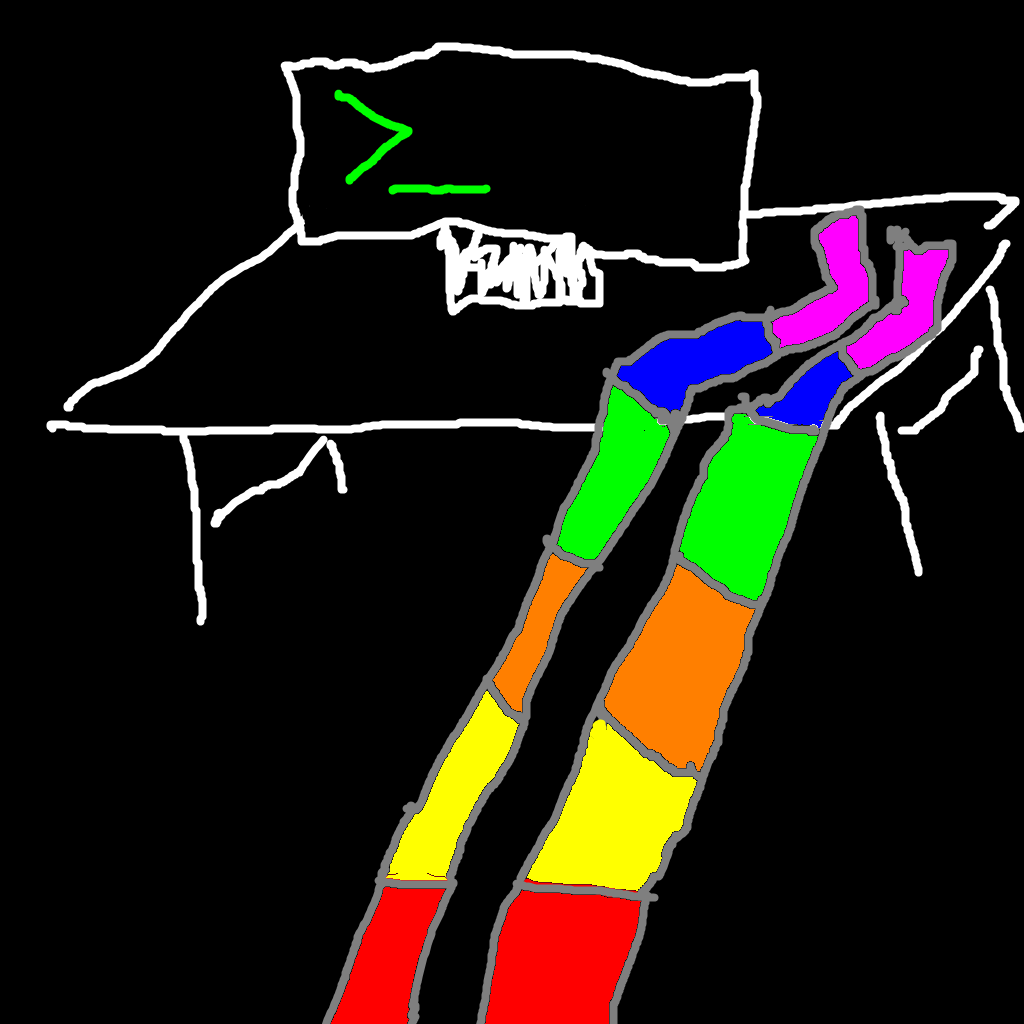Silent Payments are just stealth addresses for Bitcoin. There already be some earlier implementations, for example PayNim in Samourai Wallet. But the new thing is finally a general standard proposed for wallets.
It allows to create new Silent Payment address which never appear on the blockchain. Instead, the sender of a transaction will derive an unique regular address controlled by the recipient. Similar to Monero yes. The only thing it gives: one cannot naively check the balance or the transaction history of a SP address.
If it will be adopted it can improve privacy on Bitcoin slightly, but… It’s a completely client-side feature which does not require protocol changes and could be implemented like from the day one of Bitcoin. Silent Payments are new only because it uses Taproot, and the previous thing was BIP 47: Reusable Payment Codes, which has about zero usage. Just because bitcoiners don’t care much about privacy. There is only a small minority of users who cares.
For more serious privacy hidden amounts are a must have feauture. And in the past at least bitcoiners were strongly against it, because they care about transparency, audibility and trust to the system more than about privacy. Potentially, some privacy protocol can be implemented on L2, but L2s are often centralized and cannot withstand governmental pressure. But in theory yes, they could have strong private payments on L2, but this rather won’t happened on L1 in near decades. Even on Ethereum where such protocols are possible for few years now, projects are still in development.
In short: the problem with privacy in Bitcoin is not technical, it is more about culture and a lack of demand from the Bitcoin community. Imagine that bitcoiners will promote some strong privacy improvement for which Binance and other exchanges could delist BTC, or the protocol will become more complex for understanding by an average human.









Better not having different regions at all.